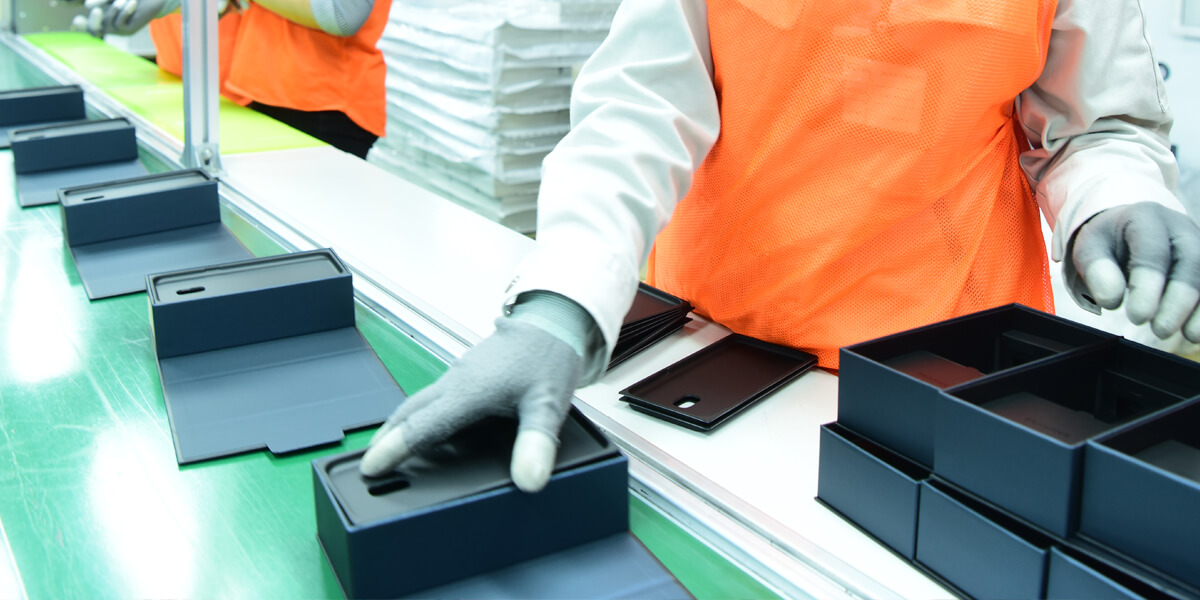Automatic rigid box makers are increasingly in demand from businesses all over the world, and Chinese manufacturers have developed a reputation for offering competitively priced, high-quality products. However, Chinese manufacturers provide a range of automatic rigid box-making machines, each with an own set of characteristics and abilities.
In this article, we will contrast various automatic rigid box making machine models made by Chinese manufacturers, emphasizing their salient traits, benefits, and drawbacks.
1. Semi-Automatic Rigid Box Making Machine
By automating some of the crucial procedures, semi-automatic machines are made to help operators produce rigid boxes. They are adaptable devices that can create rigid boxes of all shapes and sizes, including round, oval, and rectangular boxes.
Chinese manufacturers are well-known for their fast production rates, low maintenance requirements, and user-friendly semi-automatic rigid box manufacturing equipment. They have a maximum output of 25 boxes per minute and are perfect for small to medium-sized box production companies.
They do, however, require some level of human involvement, which, particularly if the operator is inexperienced, may result in variances in box quality. Additionally, they are unable to create huge amounts boxes of due to their restricted manufacturing capacity.
2. Fully Automatic Rigid Box Making Machine
These machines are the most advanced type of box making machines, offering fully automated box production from start to finish. They can produce various sizes and types of boxes, including book-shaped boxes, clamshell boxes, and slipcase boxes.
Fully automatic machines from Chinese manufacturers are known for their high production speed, accuracy, and consistency. They can produce up to 45 boxes per minute and can handle large quantities of boxes with minimal human intervention.
However, they are more expensive than semi-automatic machines and require specialized skills and knowledge to operate and maintain. They are also not ideal for small-scale box manufacturing operations due to their high cost and complexity.
3. Automatic Rigid Box Corner-Pasting Machine
The most sophisticated sort of rigid box manufacturing equipment offers completely automated box manufacture from beginning to end. They are able to create boxes of all shapes and sizes, including slipcase, clamshell, and book-shaped boxes.
Chinese manufacturers are renowned for their high production speed, accuracy, and consistency with their fully automatic machines. They can carry heavy loads of boxes with little assistance from humans and can manufacture up to 45 boxes each minute.
They do, however, cost more than semi-automatic equipment and need specialized training to run and maintain. Due to their high cost and complexity, they are also not appropriate for small-scale box manufacturing operations.
4. Automatic Rigid Box Wrapping Machine
One of the most important processes in box production is the wrapping of rigid boxes in paper or fabric. Automatic wrapping machines are created to automate this operation. They may cover rigid boxes of all shapes and sizes, including clamshell and book-shaped boxes.
Chinese manufacturers are renowned for their excellent production speeds, accuracy, and consistency with their automatic rigid box wrapping equipment. They can handle big numbers of boxes with little assistance from humans and can wrap up to 30 boxes each minute.
They may not be appropriate for creating round or oval boxes, and they need a separate machine for cutting and creasing cardboard. Additionally, they are more expensive than manual wrapping machines and demand particular operating abilities and skills.
Conclusion
Chinese manufacturers offer a wide range of automatic rigid box making machines, each with its unique features, advantages, and disadvantages. The choice of machine depends on the production needs, budget, and level of automation required. It is essential to choose a machine that meets the specific needs of the business and provides a good return on investment.


